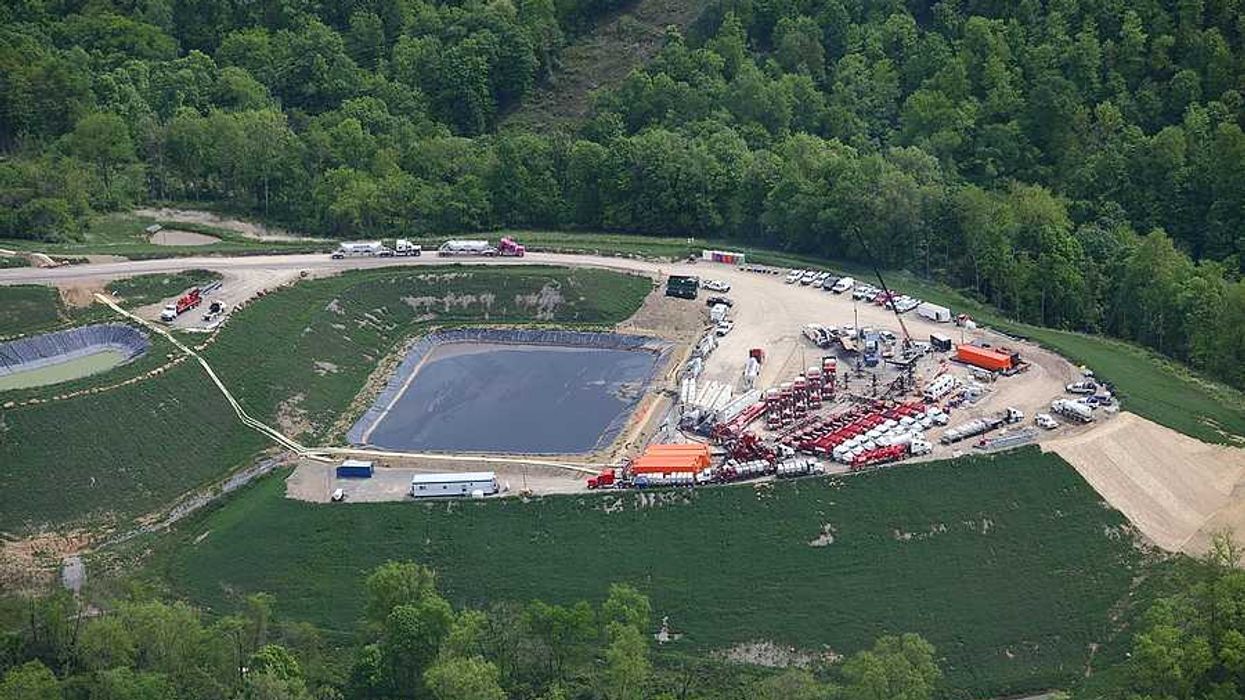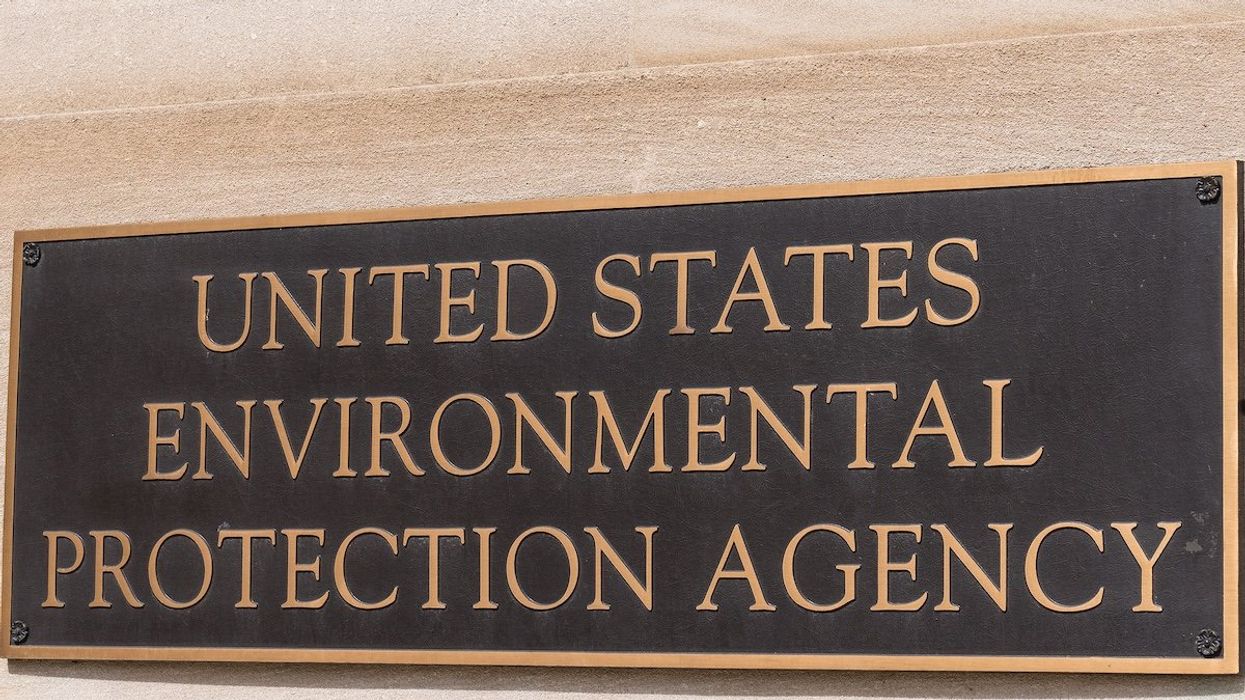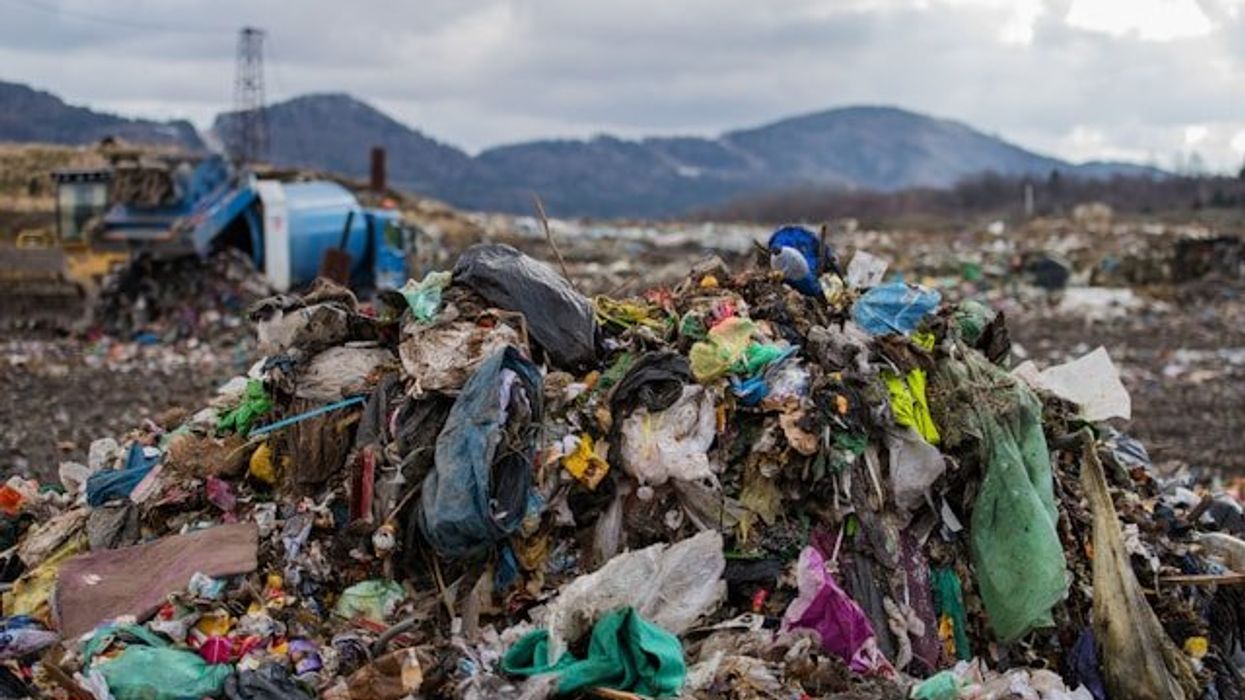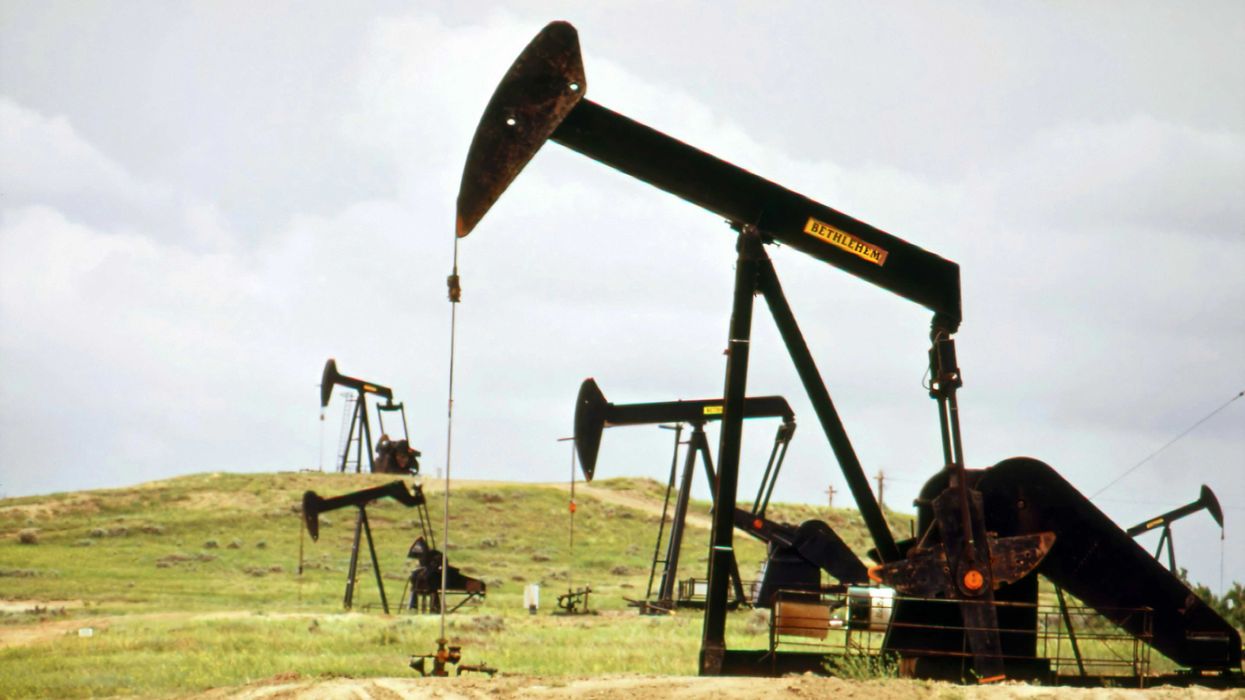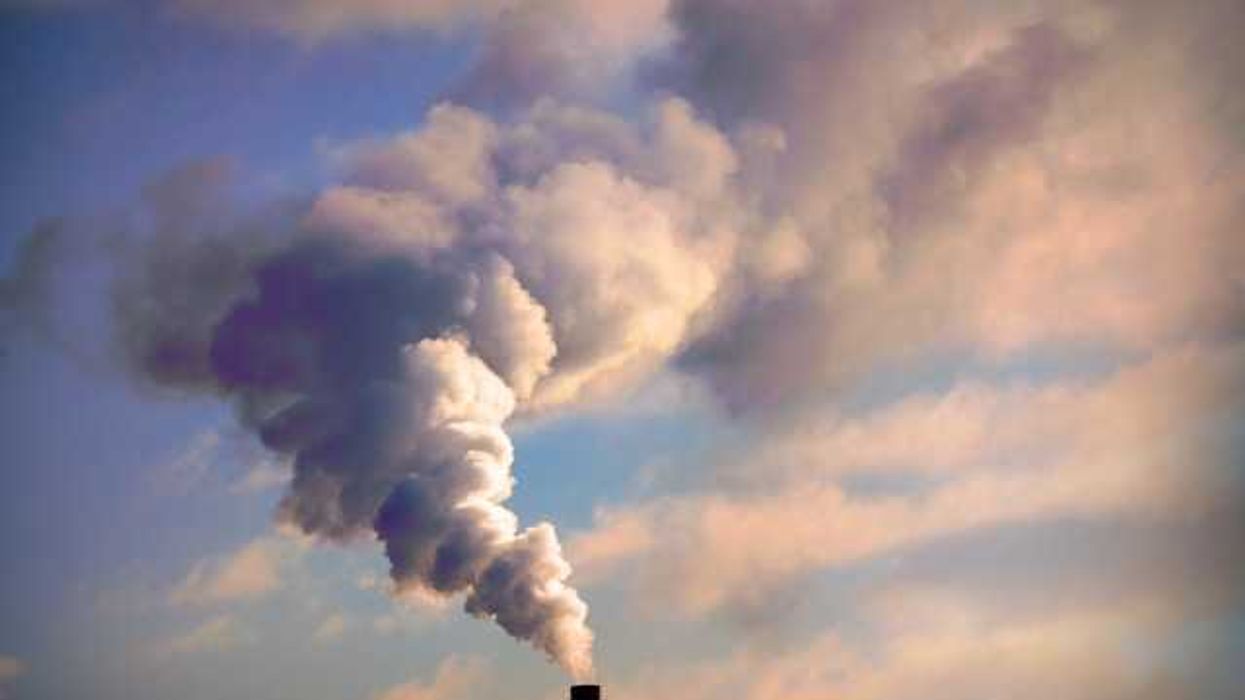Federal requirements aimed at protecting endangered species and cultural sites are hindering efforts to remediate abandoned oil wells across the U.S., causing delays in states receiving cleanup funds.
Naveena Sadasivam reports for Grist.
In short:
- Approximately 880,000 abandoned oil and gas wells in the U.S. pose environmental risks, emitting methane and contaminating groundwater.
- While Congress allocated $4.7 billion in 2021 for remediation, stringent federal requirements tied to the funding have slowed cleanup efforts.
- States must now meet conditions outlined in the Endangered Species Act and the National Historic Preservation Act to receive funding, leading to added costs and complexity.
Key quote:
"Each tranche seems to get a little harder, a little higher cost, a little more complexity, a greater burden. We want to plug them all, but if they [federal officials] make it hard enough, states are going to struggle to meet that standard.”
— Dennis Hatfield, Kentucky’s oil and gas division director
Why this matters:
Abandoned oil wells contribute significantly to environmental pollution, leaking methane, a potent greenhouse gas. Streamlined regulations and effective funding are essential to accelerate the remediation process and reduce environmental impacts.




